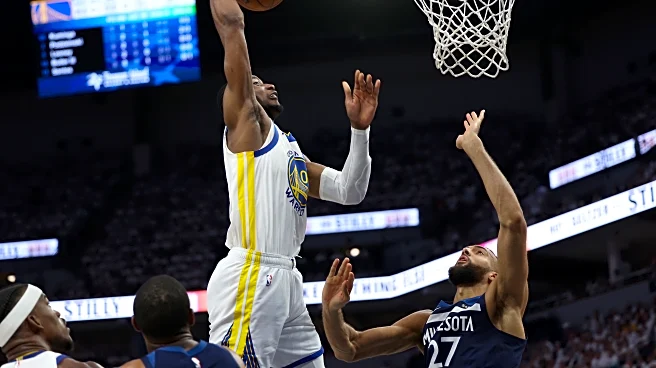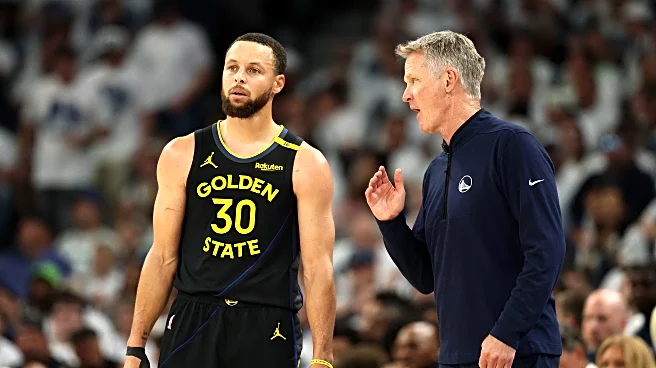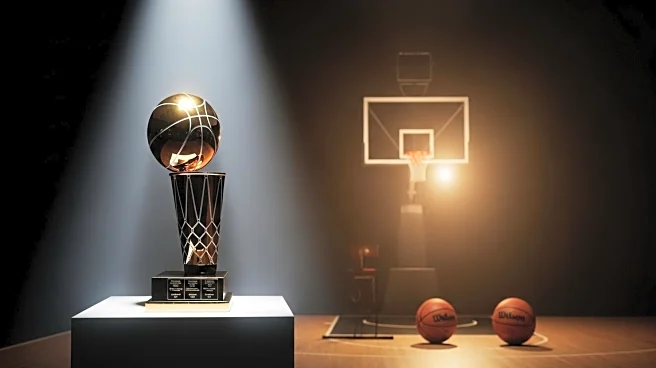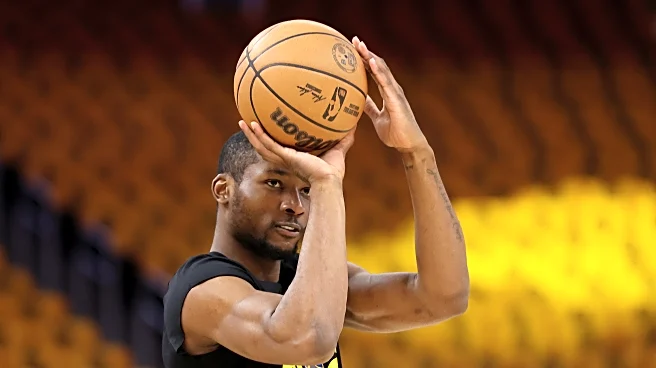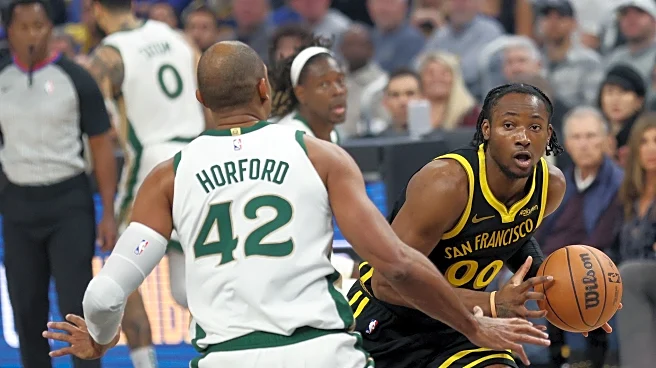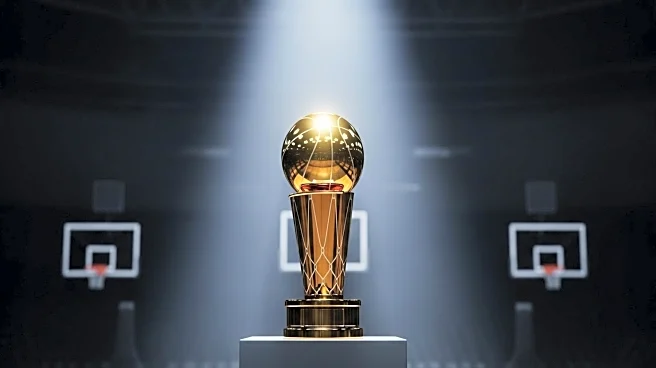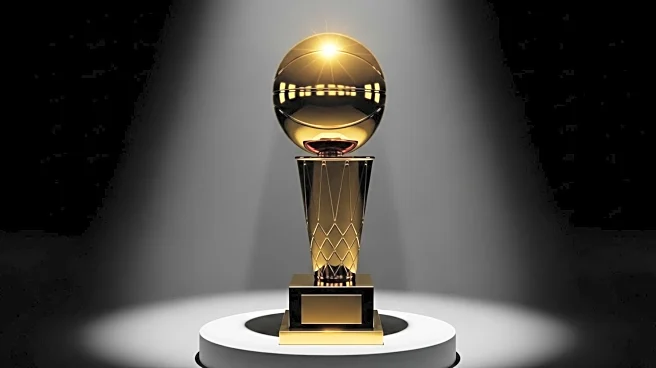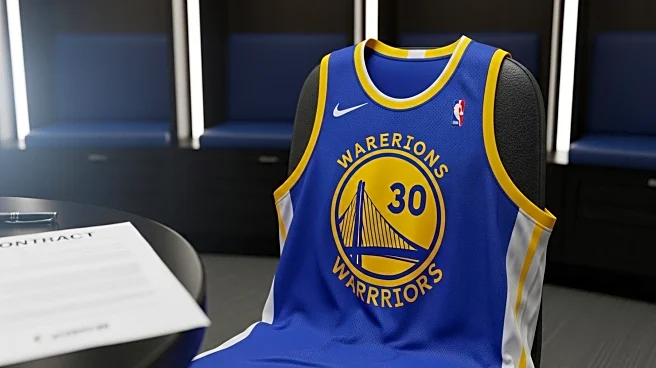When ESPN’s panel of 150+ reporters, editors, and analysts ranked Draymond Green at No. 51 in their top 100 players for 2025-26, they weren’t just acknowledging another solid season. They were witnessing
something far more profound: a 35-year-old warrior refusing to let Father Time dictate his basketball obituary.
What does it mean when greatness becomes so routine that we almost take it for granted? Green’s 2024-25 campaign answered that question with the same defensive intensity that’s defined his career and then some.
Let’s cut through the noise and examine what actually happened on the court. Green averaged 9.0 points, 6.1 rebounds, and 5.6 assists per game across 68 contests. But here’s where the story gets interesting: those aren’t just numbers. They’re chess moves in a larger strategic game that only the most basketball-intelligent players can execute.
The assist numbers tell the real story. At 5.6 per game, Green continued orchestrating Golden State’s offense with the precision of a conductor leading a symphony. This isn’t just about finding open teammates it’s about reading defenses, manipulating rotations, and creating advantages that don’t show up in highlight reels but absolutely show up in wins.
Then there’s the three-point revolution happening before our eyes. Green launched 3.6 attempts per game at a 32.5% clip. That’s a career-high volume that represents something deeper than improved shooting mechanics. It represents evolution. At 35, when most players are settling into comfortable roles, Green expanded his offensive toolkit. But let’s be honest: scoring dominance was never Green’s calling card. Defense is where legends are forged, and 2024-25 was a masterclass in defensive excellence.
Third in Defensive Player of the Year voting. Let that sink in. A 35-year-old finishing ahead of athletes a decade younger, competing against the league’s most athletic rim protectors and perimeter defenders. This wasn’t a sympathy vote or a legacy nod. This was earned through 82 games of switching onto guards, anchoring help defense, and making the kind of split-second reads that separate All-Stars from champions.
The First-Team All-Defense selection extended his streak to nine total All-Defensive team honors. Nine. In a league where defensive excellence often goes unnoticed, Green has made elite defense his signature for nearly a decade. That’s not just consistency, that’s sustained greatness at the highest level.
Sure, the season ended in the second round. But championships aren’t built in single seasons—they’re constructed through years of maintaining excellence, even when the final results feel incomplete. Green’s playoff performance reminded everyone why he’s been the emotional and tactical foundation of four championship teams.
The Jimmy Butler acquisition represents something crucial: organizations still build around what Green brings to winning basketball. Front offices don’t trade for complementary pieces unless they believe the core can compete. Golden State’s front office clearly sees what the rest of us should recognize. Green remains integral to championship-level basketball.
What we’re witnessing isn’t just a bounce-back season. It’s a Hall of Fame career adding another chapter to an already legendary story. Green’s 2024-25 campaign proved that basketball IQ doesn’t decline with age…it evolves.
The ESPN ranking at No. 51 feels almost conservative when you consider the full context. How many 35-year-olds are expanding their offensive games while maintaining elite defensive impact? How many players can anchor championship-caliber defenses while serving as primary playmakers?
Green’s season wasn’t about proving doubters wrong. No folks, that’s too show. It was about proving that excellence has no expiration date. In a league obsessed with youth and athleticism, he demonstrated that basketball intelligence and championship experience remain invaluable commodities.
This ranking represents validation of something Warriors fans have known for years: Draymond Green makes winning basketball possible. Not just probable—possible. He creates the foundation upon which championships are built. As we look toward the future, Green’s 2024-25 season serves as a blueprint for how elite players age gracefully while maintaining impact. He didn’t just survive another year. He thrived, evolved, and reminded everyone why Hall of Fame careers are measured in decades, not seasons.
The question isn’t whether Green belongs in Springfield. The question is how many more chapters he’ll add to a legacy that’s already cemented in basketball history.

